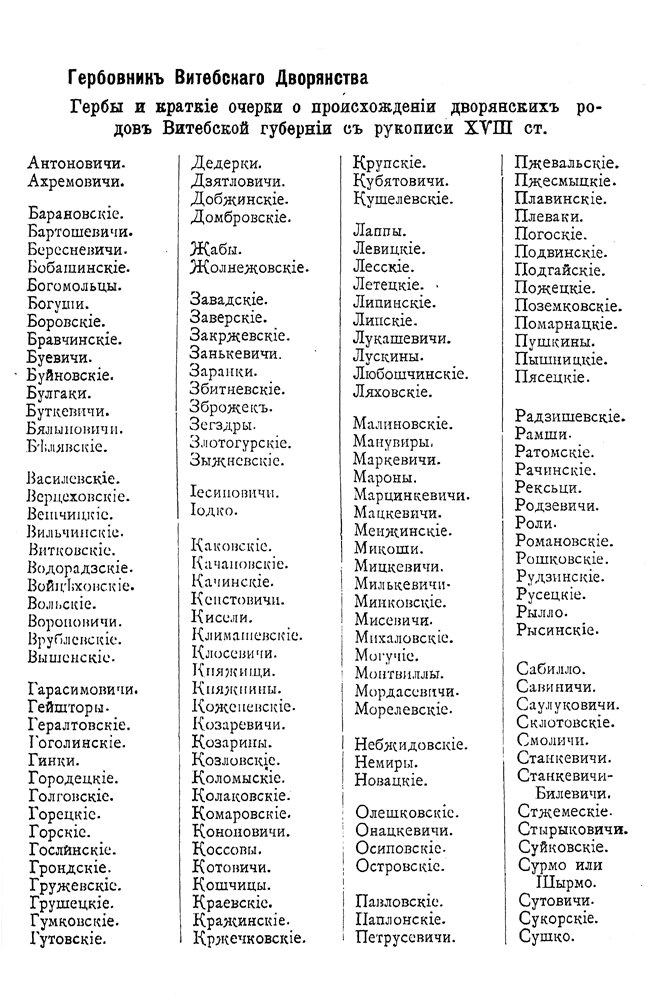|
Szeliga Coat Of Arms
Szeliga - is a Polish Coat of Arms. It was used by several szlachta families in the times of the Polish–Lithuanian Commonwealth. History One of the oldest Polish coats of arms. First reported in a heraldic inventory dated 1464–1480 "Insignia seu clenodia Regis et Regni Poloniae" by Polish historian Jan Długosz, who noted it as a genuine Polish coat of arms. This medieval historian noted information about Szeliga among the oldest 71 Polish coats of arms saying: "Scheliga lunam defectuosam ceruleam, in cuius medio crux eminet, in campo rubeo defert Genus Polonicum in Yenerem pronunt" Blazon In the sanguine field there is a golden crescent with a golden cross dominating it. In the crest a peacock's tail or feathers. Notable bearers Notable bearers of this Coat of Arms include: * Antoni Magier, professor of university, physicist, meteorologist See also * Polish heraldry * Heraldry * Coat of Arms * List of Polish nobility coats of arms A ''list'' is any set of items in ... [...More Info...] [...Related Items...] OR: [Wikipedia] [Google] [Baidu] |
Krupski
Krupski ( pl, Krupski, be, Крупскі, russian: Крупский, uk, Крупський, lt, Krupskis) - Polish noble (''szlachta'') family from Eastern Europe and a common surname in modern Poland. Origin According to Latin and Polish texts, the original name was "de Krupe". A modern form of the surname appears in 15th-century Polish texts, and in 1534 a Latin text contains the name "Crupsky". In 1550, a Valery Crupski completed his studies at Cracow University.). In 19th-century Belarusian and Russian texts, the name appears as Крупскій (Крупскі) or Крупский. Surnames in the Russian Empire became standardized after the abolition of serfdom in 1861. Polish Roman Catholic bishop Jan Długosz (1415–1480), in his description of the Korczak coat of arms, identified Krupski with Korczak and the family's ethnic group as the Rusyns. The first known Krupski was diplomat and military commander Jerzy Krupski (1472–1548), who owned estates in Red Ruthen ... [...More Info...] [...Related Items...] OR: [Wikipedia] [Google] [Baidu] |
Polish Heraldry
Polish heraldry is the study of the coats of arms that have historically been used in Poland and the Polish–Lithuanian Commonwealth. It treats of specifically Polish heraldic traits and of the Polish heraldic system, contrasted with heraldic systems used elsewhere, notably in Western Europe. Due to the distinctive ways in which feudal societies evolved, Poland's heraldic traditions differ substantially from those of the German lands, France, and the British Isles. Polish heraldry is an integral part of the history of the Polish ''szlachta'' (nobility). History Unlike Western Europe, in Poland, the did not emerge exclusively from the feudal class of knights but stemmed in great part from earlier Slavic local rulers and free warriors and mercenaries. Rulers often hired these free warriors and mercenaries to form military units ( pl, Drużyna) and eventually, in the 11th century during the time of Casimir I the Restorer with the development of feudalism, armies paid by the Pri ... [...More Info...] [...Related Items...] OR: [Wikipedia] [Google] [Baidu] |
Szlachta
The ''szlachta'' (Polish: endonym, Lithuanian: šlėkta) were the noble estate of the realm in the Kingdom of Poland, the Grand Duchy of Lithuania, and the Polish–Lithuanian Commonwealth who, as a class, had the dominating position in the state, exercising extensive political rights and power. Szlachta as a class differed significantly from the feudal nobility of Western Europe. The estate was officially abolished in 1921 by the March Constitution."Szlachta. Szlachta w Polsce" ''Encyklopedia PWN'' The origins of the ''szlachta'' are obscure and the subject of several theories. Traditionally, its members owned land (allods), [...More Info...] [...Related Items...] OR: [Wikipedia] [Google] [Baidu] |
Polish–Lithuanian Commonwealth
The Polish–Lithuanian Commonwealth, formally known as the Kingdom of Poland and the Grand Duchy of Lithuania, and, after 1791, as the Commonwealth of Poland, was a bi-confederal state, sometimes called a federation, of Crown of the Kingdom of Poland, Poland and Grand Duchy of Lithuania, Lithuania ruled by a common Monarchy, monarch in real union, who was both King of Poland and List of Lithuanian monarchs, Grand Duke of Lithuania. It was one of the largest and most populous countries of 16th- to 17th-century Europe. At its largest territorial extent, in the early 17th century, the Commonwealth covered almost and as of 1618 sustained a multi-ethnic population of almost 12 million. Polish language, Polish and Latin were the two co-official languages. The Commonwealth was established by the Union of Lublin in July 1569, but the Crown of the Kingdom of Poland and the Grand Duchy of Lithuania had been in a ''de facto'' personal union since 1386 with the marriage of the Polish ... [...More Info...] [...Related Items...] OR: [Wikipedia] [Google] [Baidu] |
Herb Szeliga, Baranow Sandomierski
In general use, herbs are a widely distributed and widespread group of plants, excluding vegetables and other plants consumed for macronutrients, with savory or aromatic properties that are used for flavoring and garnishing food, for medicinal purposes, or for fragrances. Culinary use typically distinguishes herbs from spices. ''Herbs'' generally refers to the leafy green or flowering parts of a plant (either fresh or dried), while ''spices'' are usually dried and produced from other parts of the plant, including seeds, bark, roots and fruits. Herbs have a variety of uses including culinary, medicinal, aromatic and in some cases, spiritual. General usage of the term "herb" differs between culinary herbs and medicinal herbs; in medicinal or spiritual use, any parts of the plant might be considered as "herbs", including leaves, roots, flowers, seeds, root bark, inner bark (and cambium), resin and pericarp. The word "herb" is pronounced in Commonwealth English, but is common amo ... [...More Info...] [...Related Items...] OR: [Wikipedia] [Google] [Baidu] |

